The quest for efficiency, durability, and reliability remains perpetual. Among the pivotal components driving this pursuit are stainless steel submersible pumps. These pumps, embodying resilience and versatility, have emerged as indispensable assets across various sectors, from wastewater management to agricultural irrigation systems.
Evolution of Stainless Steel Submersible Pumps:
The evolution of stainless steel submersible pumps has been marked by a relentless commitment to innovation and refinement. Initially conceived as a solution for specific industrial challenges, these pumps have undergone significant transformations over the years, propelled by advancements in materials science and engineering techniques. Today, they stand as exemplars of precision engineering, capable of withstanding corrosive environments and demanding operating conditions with unparalleled efficacy.
Key Features and Advantages:
A distinguishing feature of stainless steel submersible pumps lies in their construction material. Stainless steel, renowned for its corrosion resistance and durability, ensures prolonged operational life even in the harshest of environments. This attribute not only enhances the longevity of the pump but also less maintenance requirements, resulting in cost savings for industrial operators.
Moreover, the submersible nature of these pumps confers several advantages. By being submerged in the fluid they are tasked to pump, they eliminate the need for priming, thereby streamlining installation and operation processes. This Self-Priming industrial pumps capability significantly enhances operational efficiency, making these pumps a preferred choice for applications where continuous, uninterrupted performance is paramount.
Applications Across Industries:
The versatility of stainless steel submersible pumps transcends industry boundaries, finding application in diverse sectors. In wastewater treatment plants, these pumps play a pivotal role in the efficient conveyance of sewage and effluent. Their ability to handle abrasive solids and corrosive fluids makes them indispensable assets in such critical infrastructural setups.
Similarly, in agricultural contexts, these pumps facilitate the irrigation of vast tracts of land with unparalleled efficiency. By harnessing the power of submersion, they negate the need for cumbersome surface-mounted pumps and associated priming mechanisms, thereby simplifying irrigation processes while maximizing water utilization.
Environmental Considerations:
In an era increasingly characterized by environmental consciousness, the significance of sustainable industrial practices cannot be overstated. Stainless steel submersible pumps align with this ethos by offering energy-efficient operation coupled with less environmental impact. Their inherent durability translates to reduced replacement frequency, thus mitigating the carbon footprint associated with manufacturing and disposal processes.
Furthermore, the efficient utilization of resources facilitated by these pumps, such as water in irrigation applications, contributes to the conservation of precious natural resources. This holistic approach towards environmental stewardship underscores the pivotal role played by stainless steel submersible pumps in fostering sustainable industrial ecosystems.
Future Trajectories:
As we look toward the future, the trajectory of stainless steel submersible pumps appears poised for continued innovation and refinement. Emerging technologies such as IoT integration and predictive maintenance algorithms hold the promise of further enhancing the efficiency and reliability of these pumps, thereby unlocking new frontiers in industrial fluid management.
In conclusion, stainless steel submersible pumps stand as a testament to the relentless pursuit of excellence in industrial engineering. Through their robust construction, self-priming capabilities, and versatile applications, they have redefined the paradigm of industrial fluid management, offering a compelling blend of efficiency, durability, and environmental sustainability. As industries continue to evolve, these pumps will undoubtedly remain at the forefront, driving innovation and catalyzing progress across diverse sectors.

 English
English русский
русский Español
Español
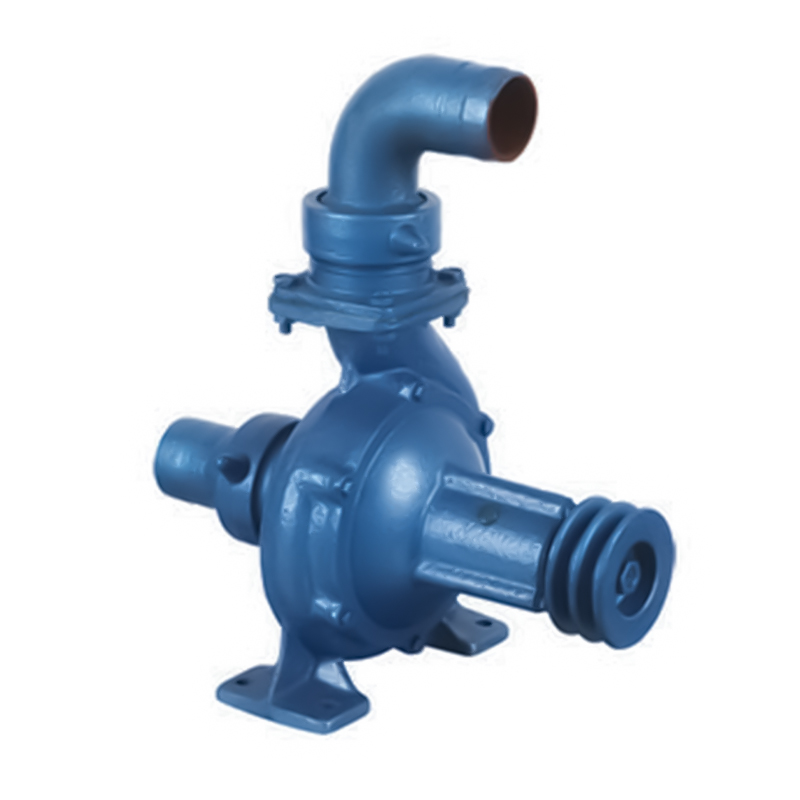
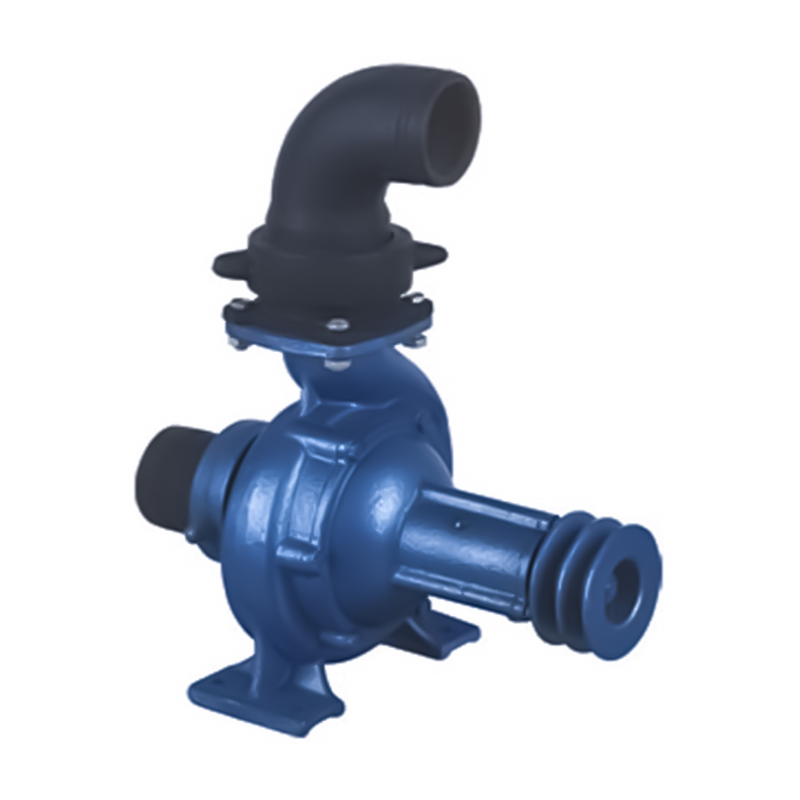

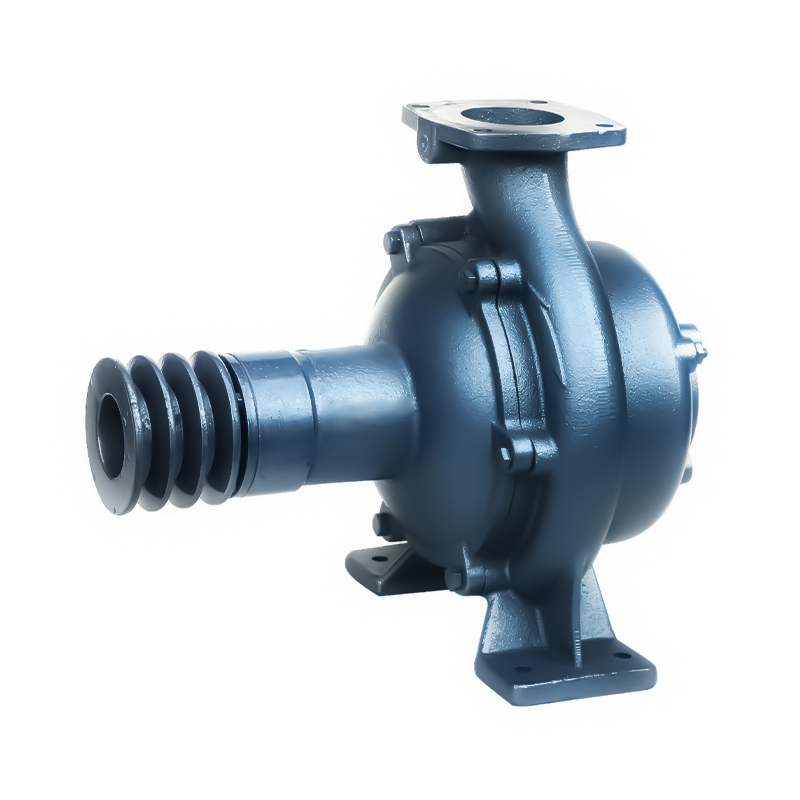
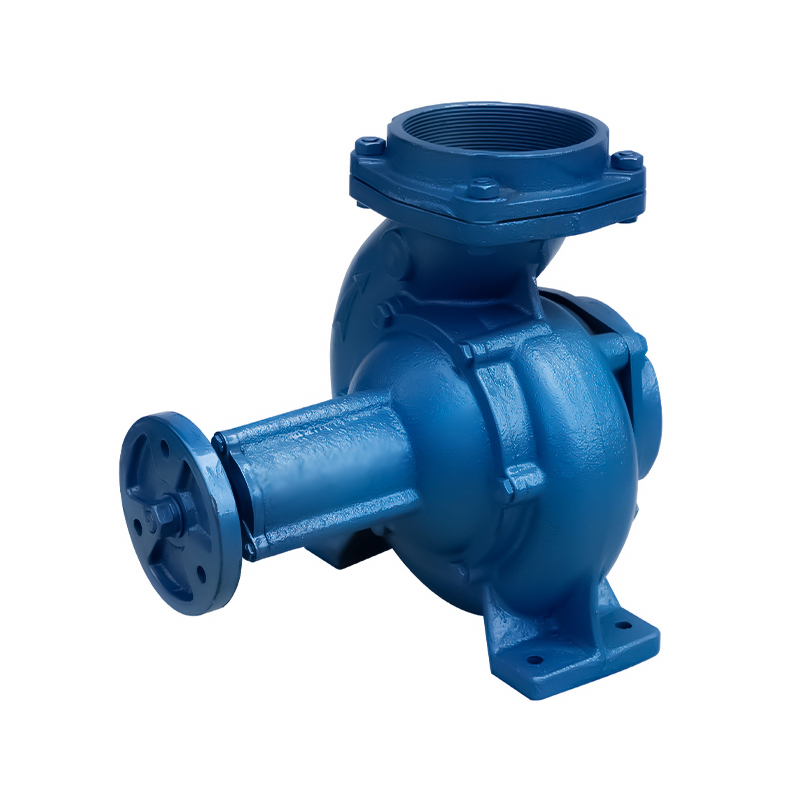
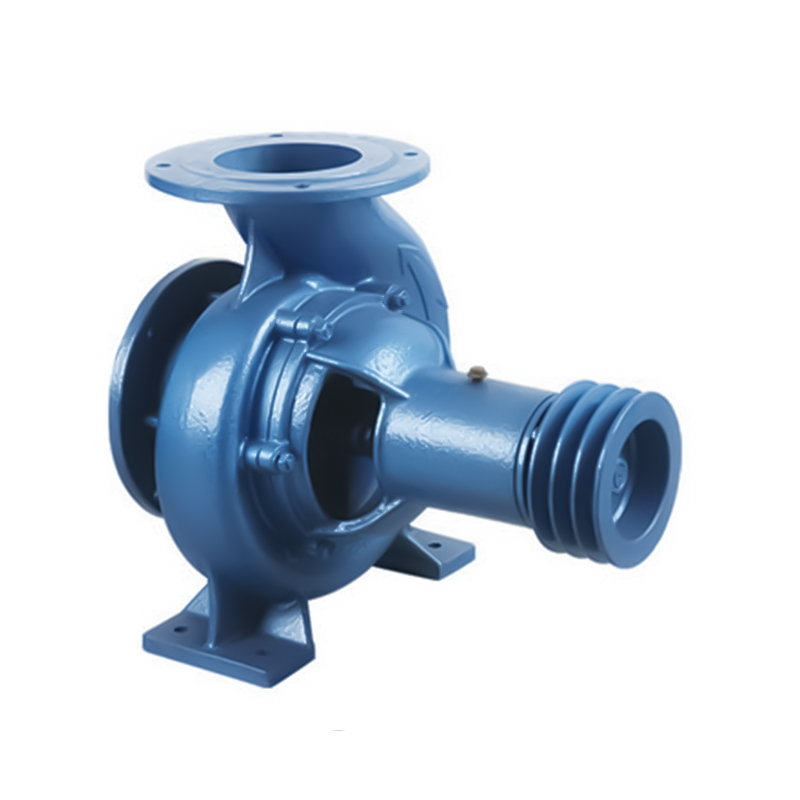
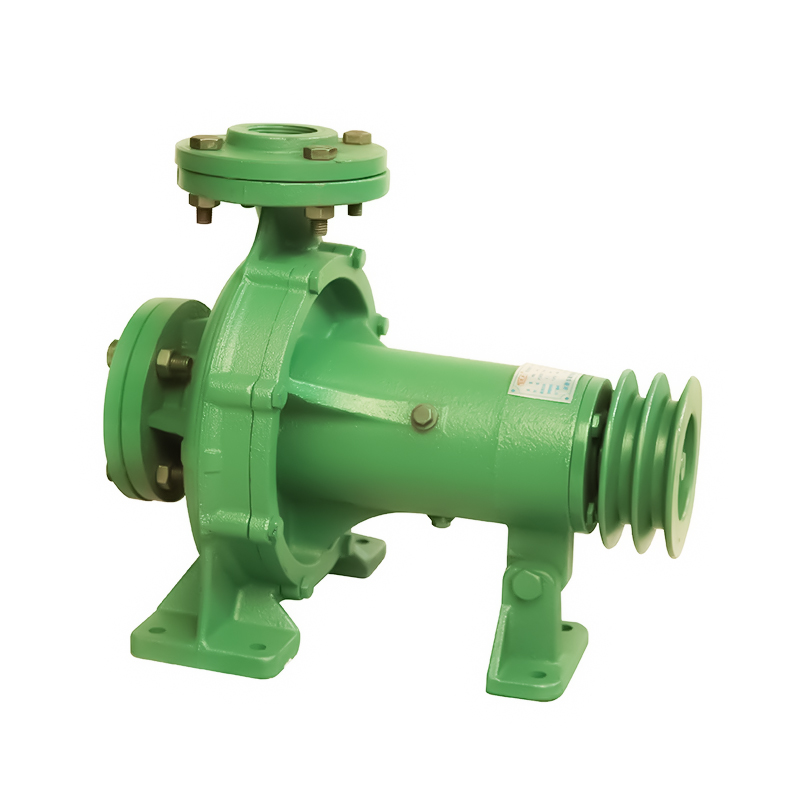

 Email:
Email:
 Phone:+86-13605899207
Phone:+86-13605899207

